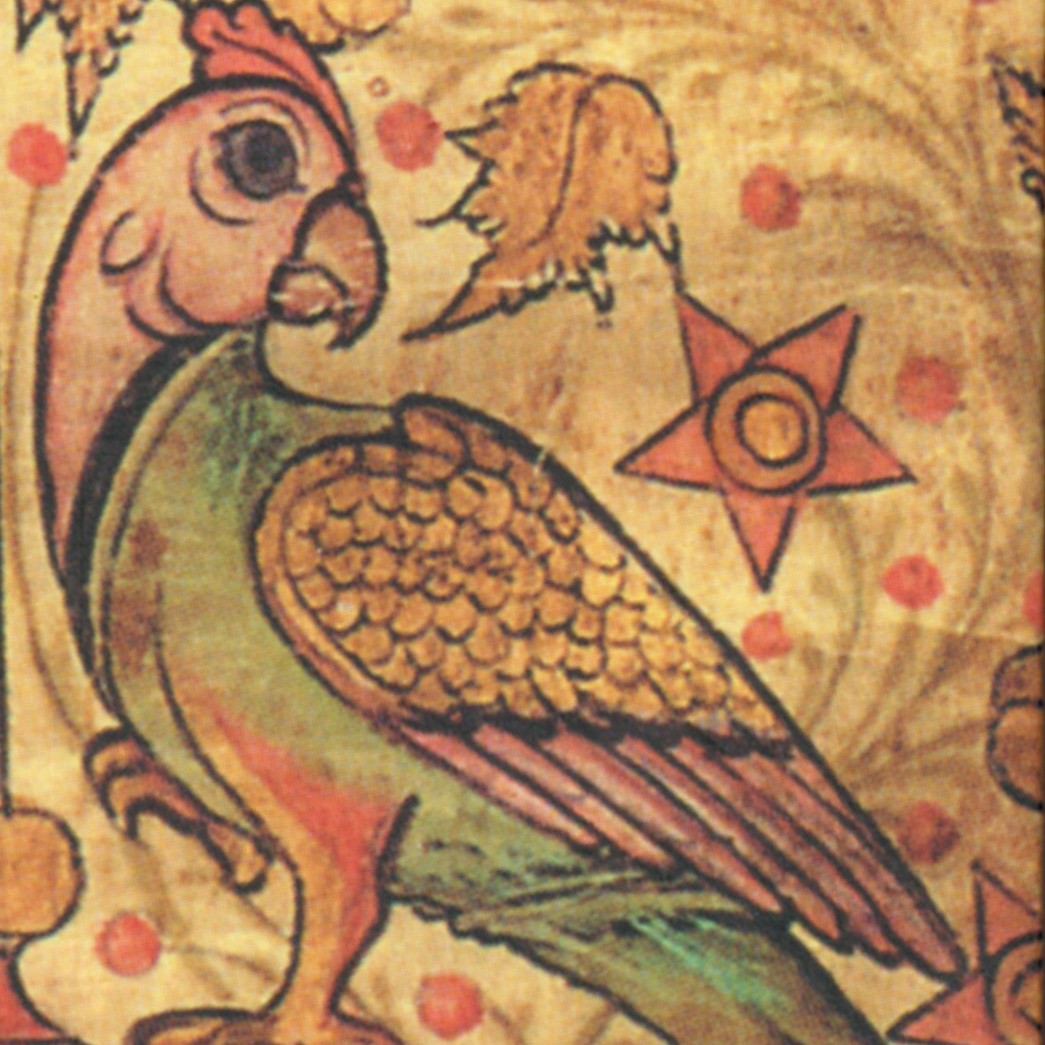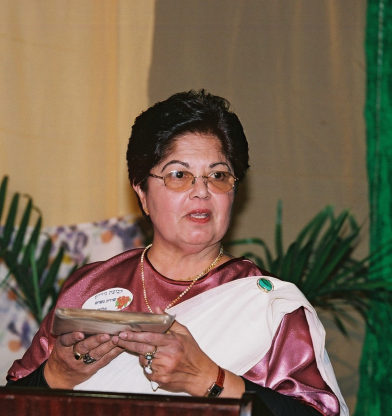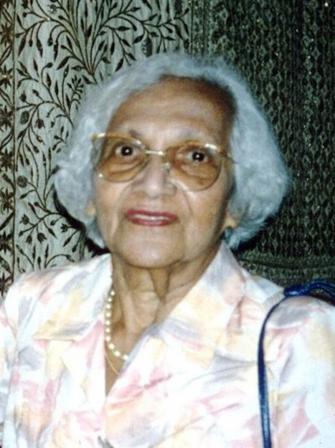1981
30. O Proud Singing Bird!
Rahel Nehemia, Toba Sofer, and others. Recorded by Avigdor Herzog, Moshav Taoz, December 13, 1981. CD track 12; II-26.
Andāḷi pāḍuṃ kiḷiyě keḷu
Aṅṅěllāṃ ěndŏru vāṟtta ŏḷḷu
Cuņḍuṃ cukannu talayil pacca
Cūtaka pattilě raņḍu vanaṃ
O proud singing bird, listen, listen!
What is the news? What's happening there?
Red are your lips, and your head is green.
In the Jewish quarter are two groves of trees.
In the pantal shelter are bananas, milk, and honey.
You will get, O parrot, more than what you see.
If you chance to meet me, wish me “good fortune!”
O female parrot, wish me “Mazal tov!
This very short and apparently simple song is rich with cultural references. It is addressed to a female parrot, inviting her to partake of fruit, milk, and honey in a pantal—a temporary thatched-roof shelter erected for Indian weddings and other celebrations. Found in notebooks from all three of the Jewish communities living in Kochi, this song’s mention of “two groves of trees” in the Jewish quarter may be taken as a figurative reference to the north/south social division on one long street in Jewtown Mattancherry (featured in song 12). This division was bridged to some degree whenever a wedding celebration occurred, especially through the sharing of songs.
As noted by Zacharia (2005, 196), the bird is named and summoned by three different words, each more specific as she flies closer and closer. First, she is simply a “bird” (line 1), then a “parrot” (line 6), and then a “female parrot” (line 8). The all-Kerala phrase “milk and bananas,” combined with the traditionally Jewish “milk and honey,” makes for a doubly auspicious and tasty treat to tempt her. The blessing requested of the parrot, repeated in the last two lines, is the Malayalam “good constellation,” a literal translation of the Hebrew “mazal tov.”
In some notebooks this song is marked as a kurukan or short chorus to follow The Noble Bridegroom (song 29), which also includes appeals to a bird. If linked in this way, the attractive appearance of the bird (with red lips and perhaps a head ornament) may be taken as a reference to the good looks of the bridegroom and/or the bride.
Like song 1 (Oh, Lovely Parrot), this is an example of both the “parrot song” and the “circle dance” genres of Malayalam literature. In this case, the female parrot is informed of an important event and asked to bless it, rather than being invited to tell a story. Also it was recorded along with songs 1 and 29 as part of the same 1981 Hanukkah circle dance performance by women from Kochi-Kadavumbhagam, with an escalated tempo of foot-stamping and rhythmic clapping.







